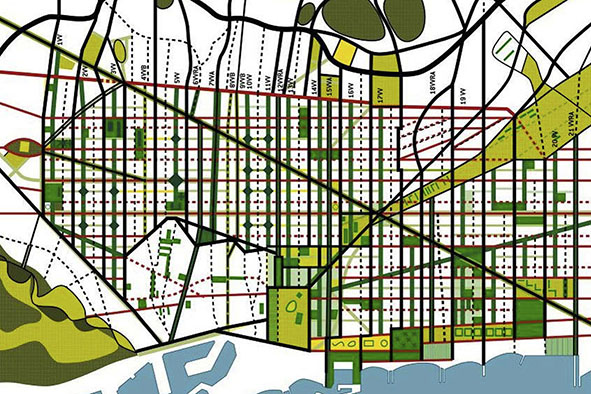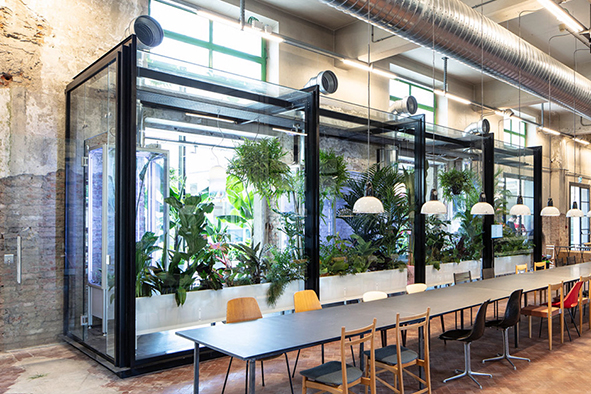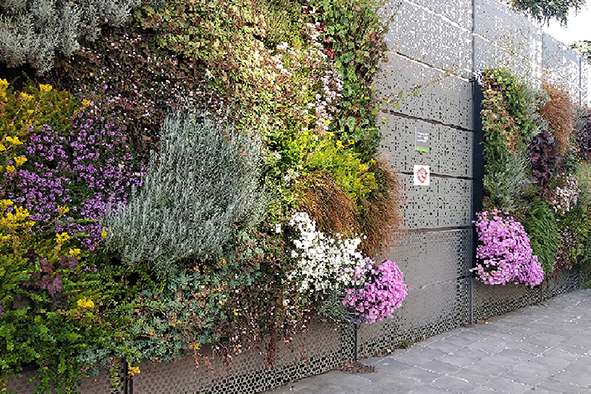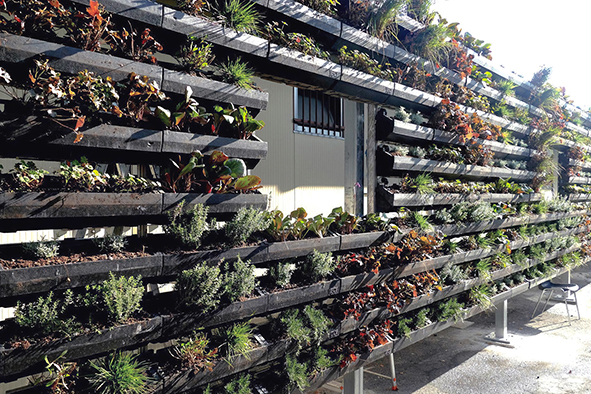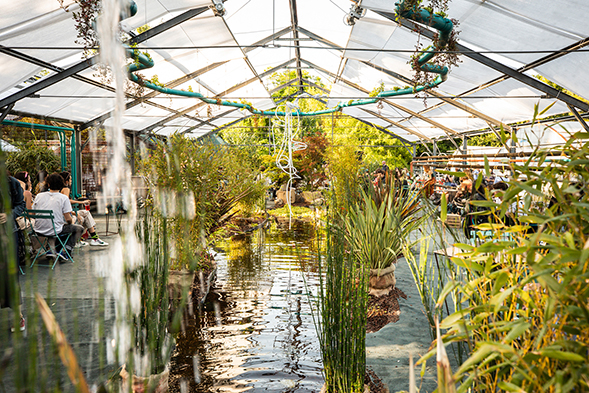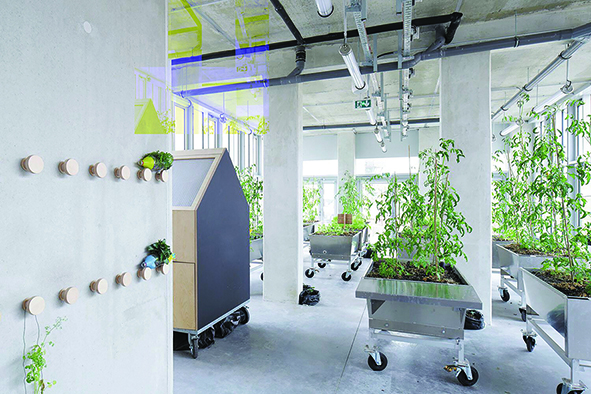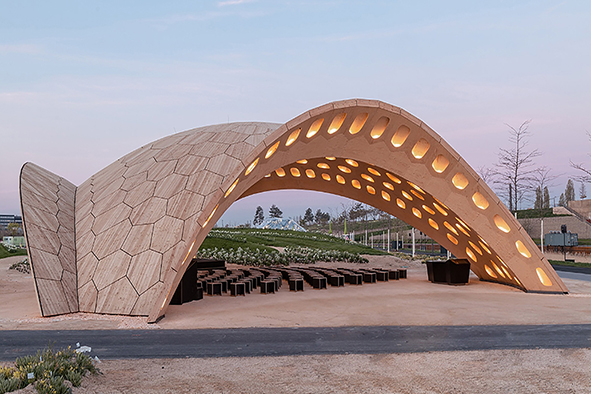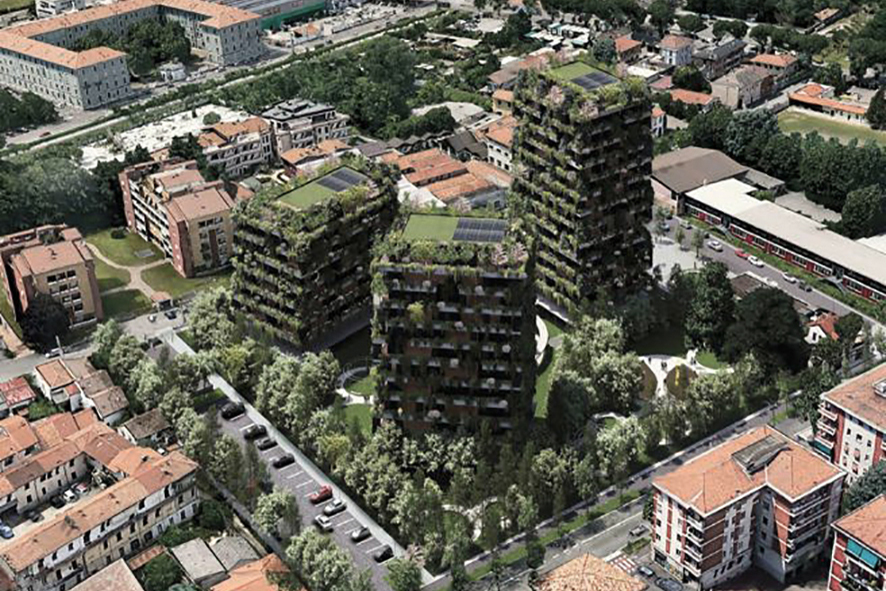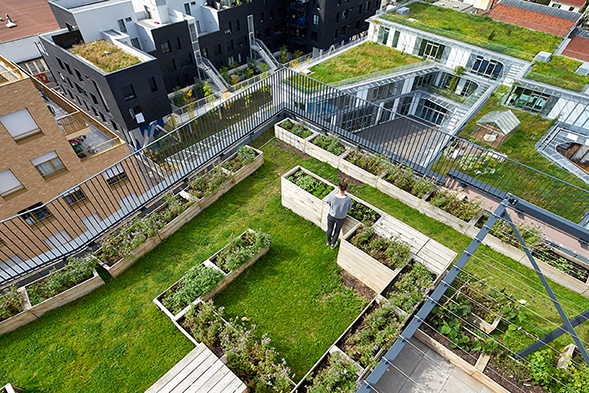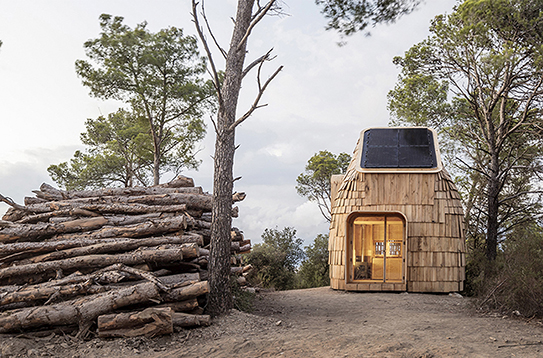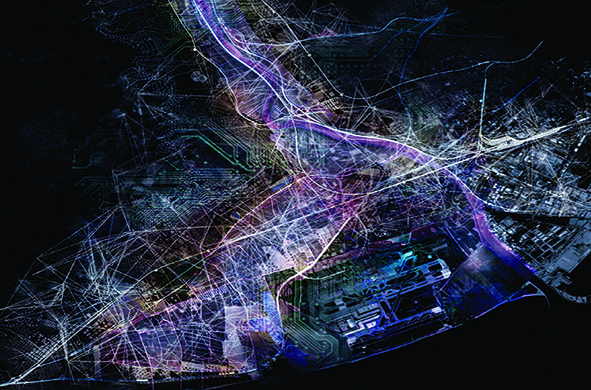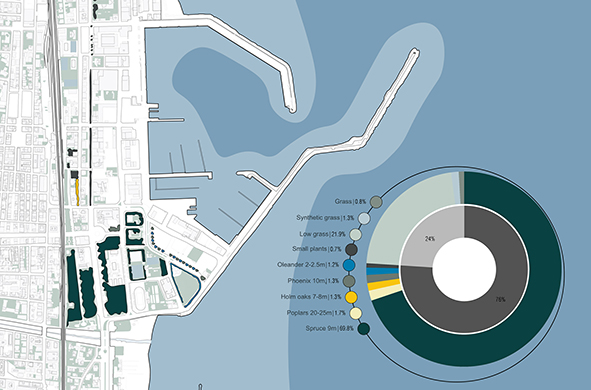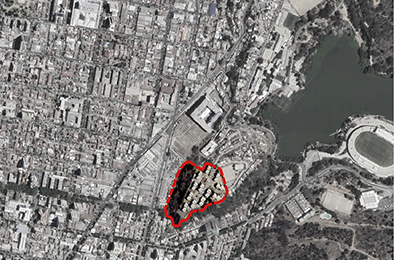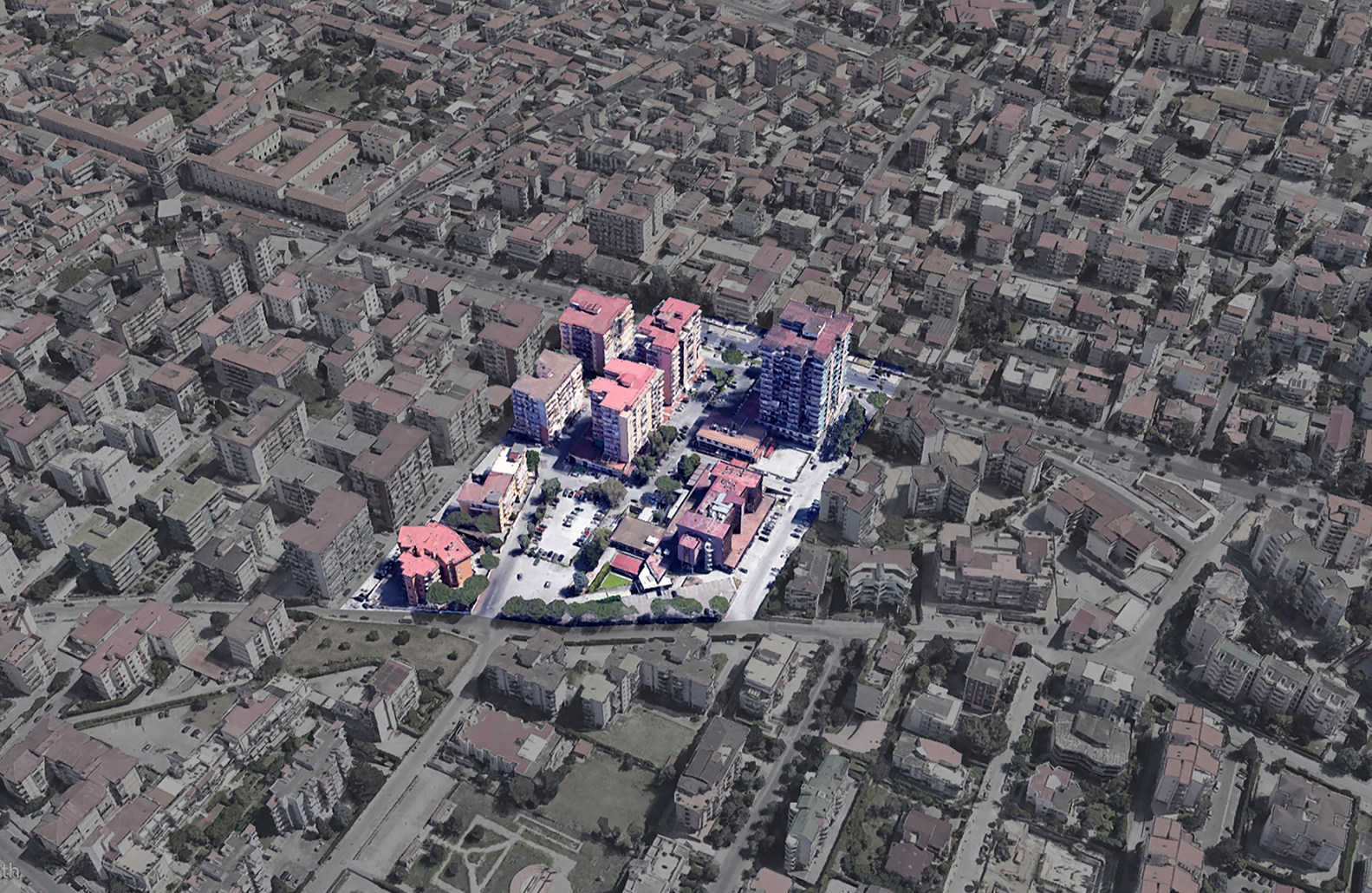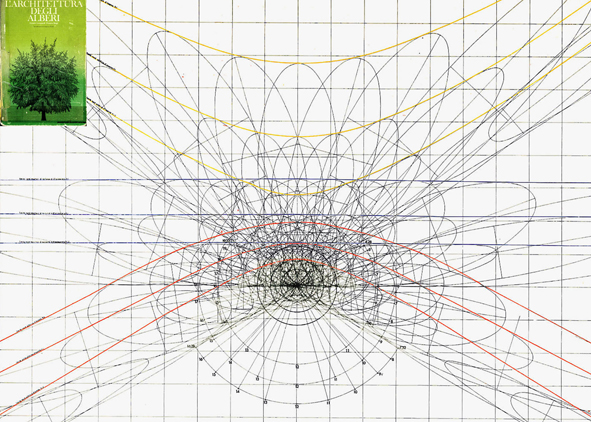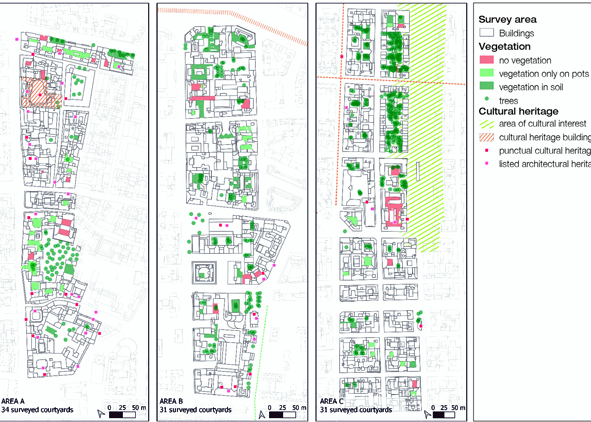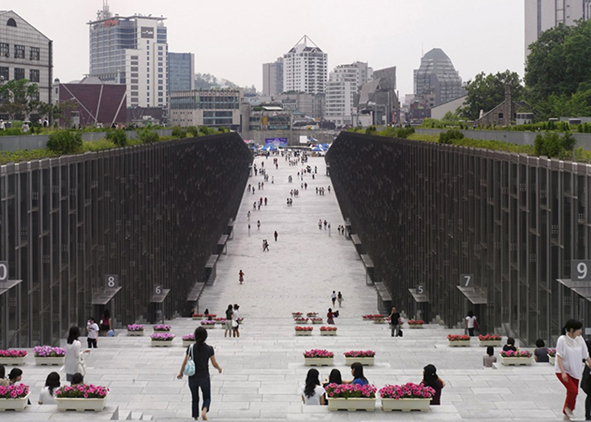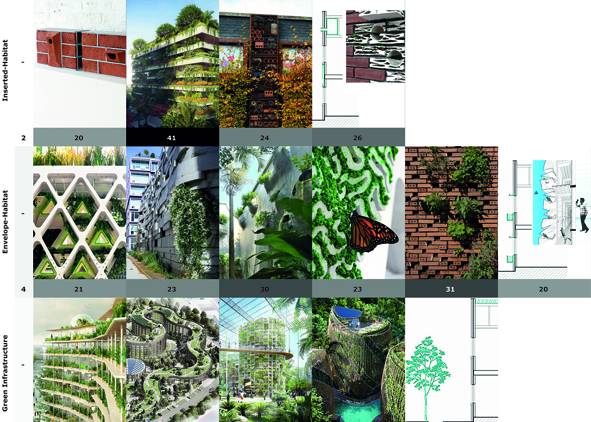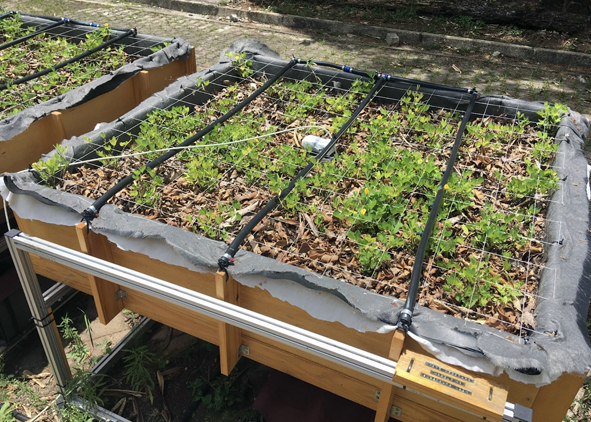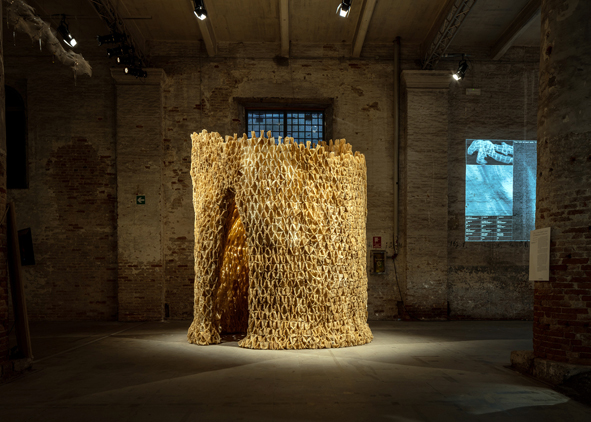
AGATHÓN
International Journal
of Architecture, Art and Design
ISSN (online) 2532-683X
ISSN (print) 2464-9309
Vol. 11 (2022): GREENERY | Its symbiosis with the built environment

AGATHÓN issue number 11 is a collection of essays, studies, research and projects on Greenery | Its Symbiosis with the Built Environment. It recalls the role that nature and greenery, in general, can play in the short term to address the current global warming and climate change challenges. They are caused by deforestation and forest fires, urban sprawl, indiscriminate use of non-renewable raw materials and an increase in carbon dioxide emissions. These elements cause a devastating impact on our fragile ecosystem, society and the economy. In 1969, Simon had already guessed the potential of a ‘new ecology’ whose animate and inanimate elements of the built environment characterise a ‘unified’ landscape. Beynus’ studies are a knowledge heritage useful for the informed and responsible regeneration of the built environment. Over the millennia, Nature has perfected strategies and solutions, processes and mechanisms to adapt to different climates and physical conditions through the rationalisation of the use of matter and energy by optimising material and immaterial metabolic exchanges.
While the Modern Movement has considered landscape, urbanism, architecture and design as separate disciplines, in the new millennium there is a ‘scalar shift’ in which they are considered part of a unified territorial system, in which we are called to overcome anthropocentrism and to design for man and living beings, in a connection made of profound knowledge and understanding of the trajectories and reciprocal needs of human and non-human beings. The relationship between the parts of the system takes on crucial importance when we adopt a broader and more systemic vision, supported by a holistic and participatory approach. Digital technologies can support this ‘double convergence’ in their shift towards a ‘cybernetic ecology’ allowing us to see the natural and artificial world as a unicum.
The theoretical and experimental framework presented by AGATHÓN issue number 11, although not exhaustive of the potential of nature-based solutions, shows that their cross-disciplinary essence can relevantly help – both with traditional and vernacular approaches/techniques and using IoT and digital technologies – to counteract the effects of climate change by creating a more resilient built environment, less vulnerable to erosive transformation dynamics, and to create healthier environments, enhance biodiversity, provide ecosystem services, improve quality of life, foster new economic and social opportunities and create value chains, while acting on urban regeneration processes with the circularity and multi-scalar tools as pillars. To achieve these goals in the shortest possible time and overcome the greenwashing bad practice in design, it is necessary to start a new paradigm based on the ‘shift from an economics of growth to an economics of belonging’ and on a ‘new ecology’ in which man and nature characterize an unprecedented ‘unified’ landscape in a profound bond made of mutual knowledge and understanding to build a relationship based on symbiosis, inclusion and adaptation at the different scales of the project. For example, by stimulating training initiatives such as those of the Valldaura Labs of the IAAC in Barcelona, which aim to disseminate practices for holistically integrated ecological and technological landscapes.
